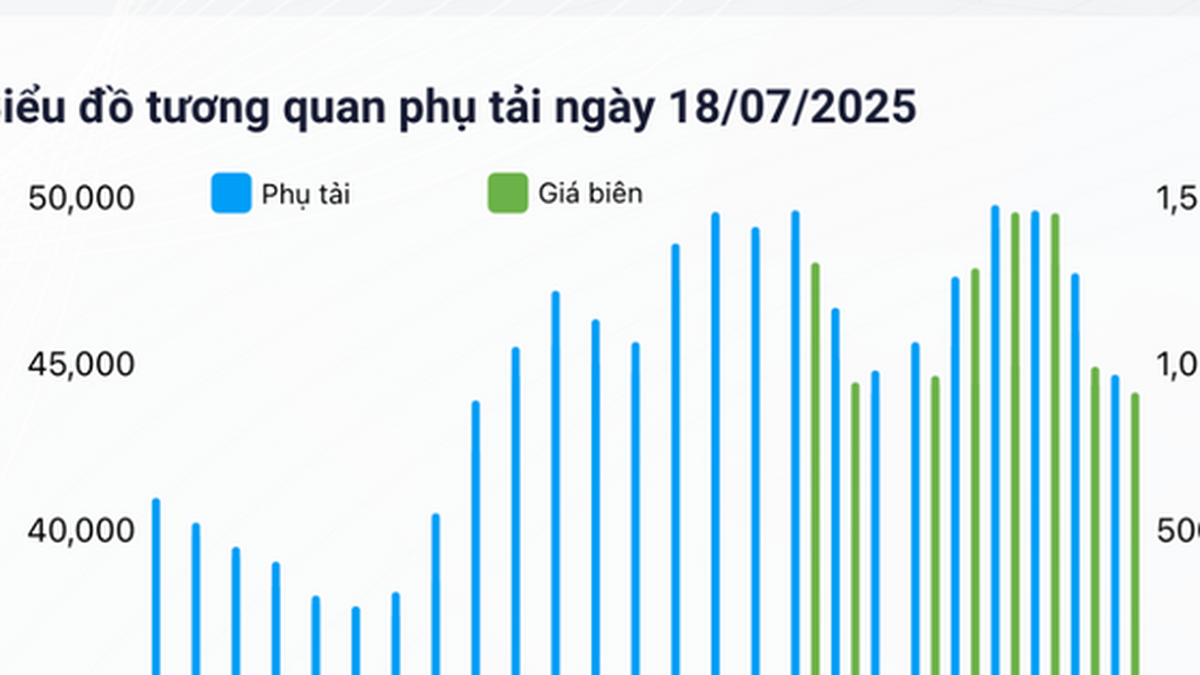Google is about to apply machine learning technology to estimate users' ages, helping to display more appropriate content according to each age on its platforms.
 |
| Google may soon use machine learning to estimate users' ages, delivering a more tailored experience |
The news that Google is going to use machine learning to estimate users' ages was revealed by YouTube CEO Neal Mohan in his annual letter published on February 11, highlighting the platform's efforts to improve the user experience. Just a day later, Google continued to share more details about this plan in its official blog post.
According to Jenn Fitzpatrick, Vice President of Core Technology at Google, the company will soon launch a test of machine learning-based age estimation models in the US. The goal of this test is to ensure that content and services on Google's platforms are age-appropriate and to strengthen protections for younger users.
The age estimation model that Google is deploying will leverage existing user data to make more accurate predictions about their age. Specifically, the system will analyze the websites that users frequently visit, the types of content and videos they watch on YouTube, and how long they have had a Google account. Based on these factors, the AI can determine whether a user is actually old enough to use certain services.
If the system detects that a person is likely to be under 18, Google will automatically adjust some settings to enhance their privacy and online safety. Users will also receive notifications about these changes and instructions on how to verify their age more accurately. They can verify by submitting a selfie, using a credit card, or providing information from a national ID to prove their actual age.
Google is rolling out a series of protections specifically for accounts identified as under 18 to ensure a safer online experience. One important measure is the implementation of the SafeSearch filter on Google Search. This filter automatically removes inappropriate or potentially risky content from search results, helping to keep young users from accessing harmful information.
In addition, Google also applies content controls on YouTube to limit the display of videos that are not suitable for people under 18. The system will automatically adjust content settings according to users' age to ensure that they only access videos that are appropriate for their age.
Google said it will continue to expand its age-estimation technology to more countries in the coming months, as part of its long-term efforts to make the internet safer for all users, especially minors.
Google’s new changes come as the company faces pressure from a series of strict regulations on child safety online. Governments and legislatures around the world are increasingly tightening regulations to protect minors from potential risks online, forcing major technology corporations to adjust their policies to comply with the law.
In the United States, Google and many other tech companies are having to adapt to major laws like the Children’s Online Safety Act (KOSA) and COPPA 2.0, which require online platforms to provide stronger protections for younger users. In addition, the Children’s Social Networking Act (KOSMA) imposes stricter limits, requiring social media platforms to have tighter controls to prevent children under 13 from creating accounts or using services.
The Child Social Networking Act (KOSMA) proposes requiring online platforms to have mechanisms to estimate the age of users to ensure that minors do not access inappropriate content or services. This means that big tech companies like Google, Meta, and many others will need to implement new measures to determine the age of users more accurately.
Meta has now begun using artificial intelligence (AI) to analyze data and scan for digital “signals” that can help identify whether a user is under 18. This is to ensure that underage accounts have the appropriate protection settings in place to avoid accessing inappropriate content or using services intended for adults.
Meanwhile, Google, which has billions of users across its platforms, is taking similar steps. The company is deploying machine learning to automatically analyze and determine a user’s age. When an account is determined to be under 18, Google will automatically apply additional protections, including restricting access to certain services, activating stricter content controls, and providing instructions on how to verify age using methods such as a selfie, credit card, or ID.
Source


































































































Comment (0)